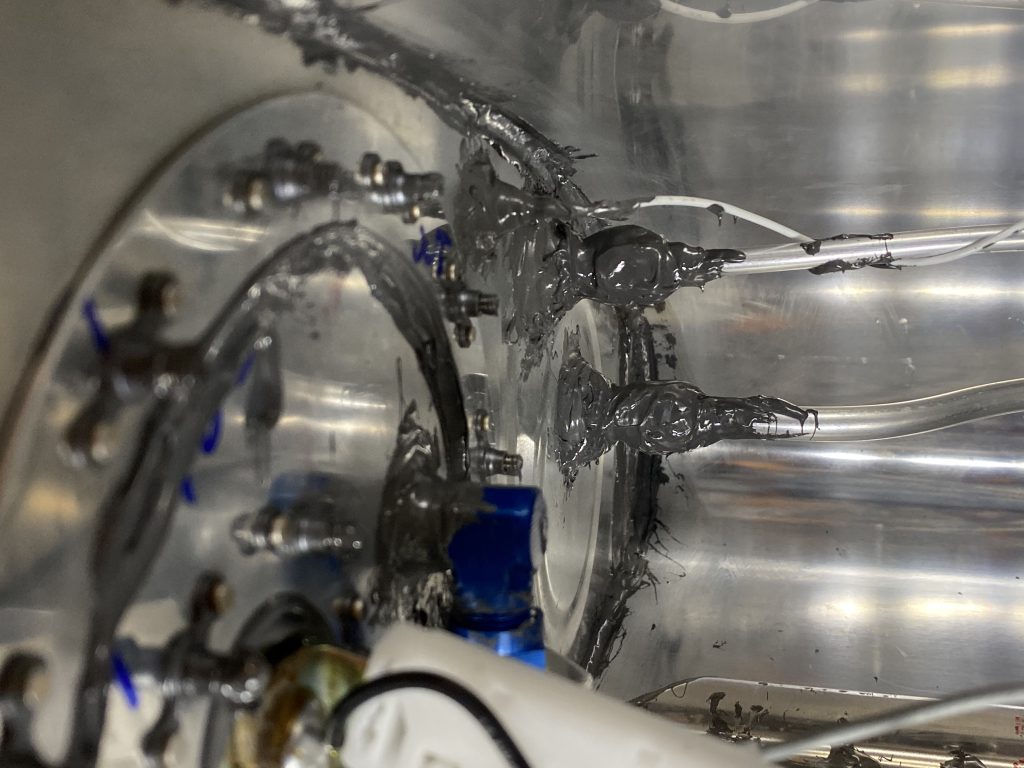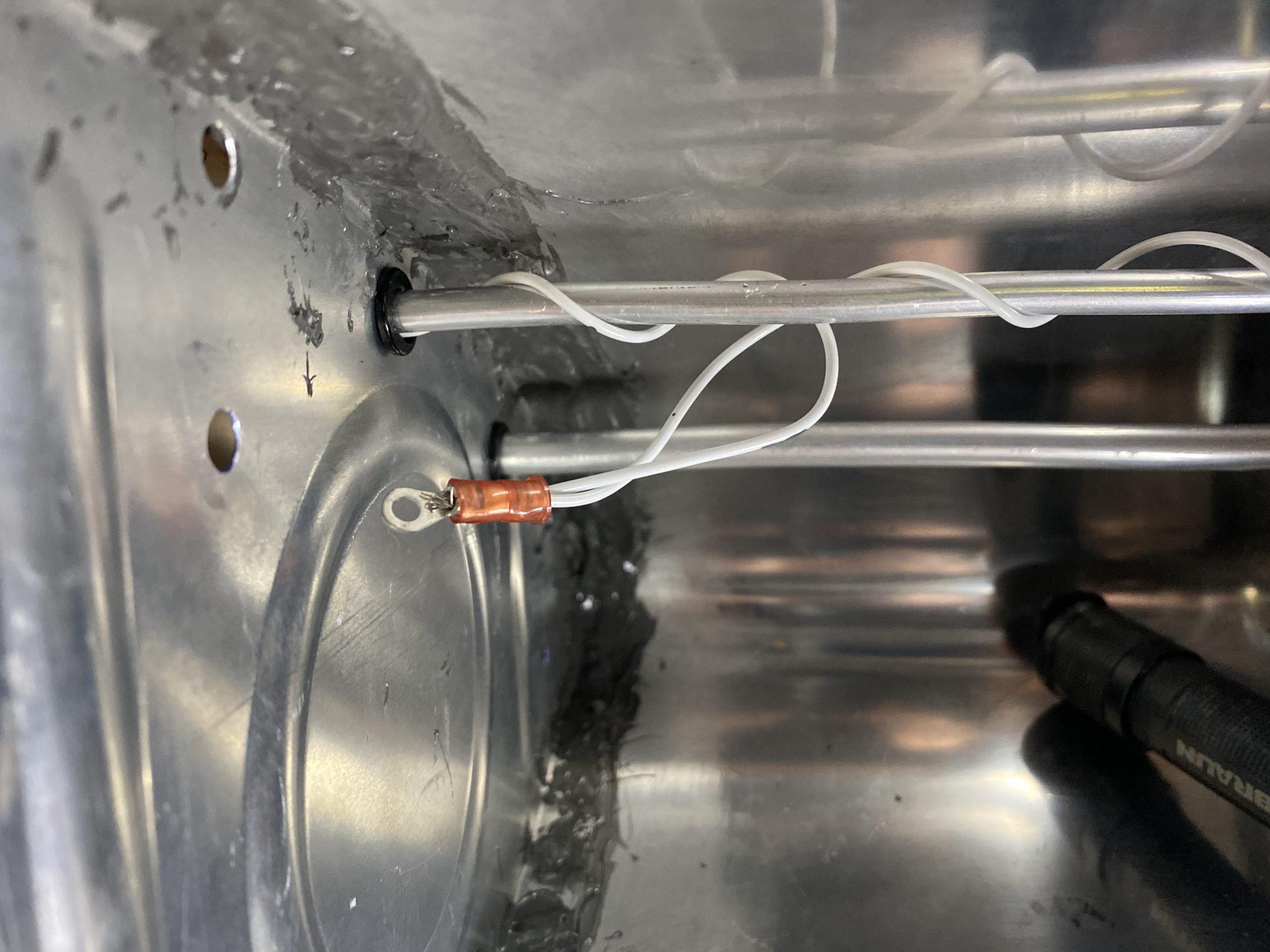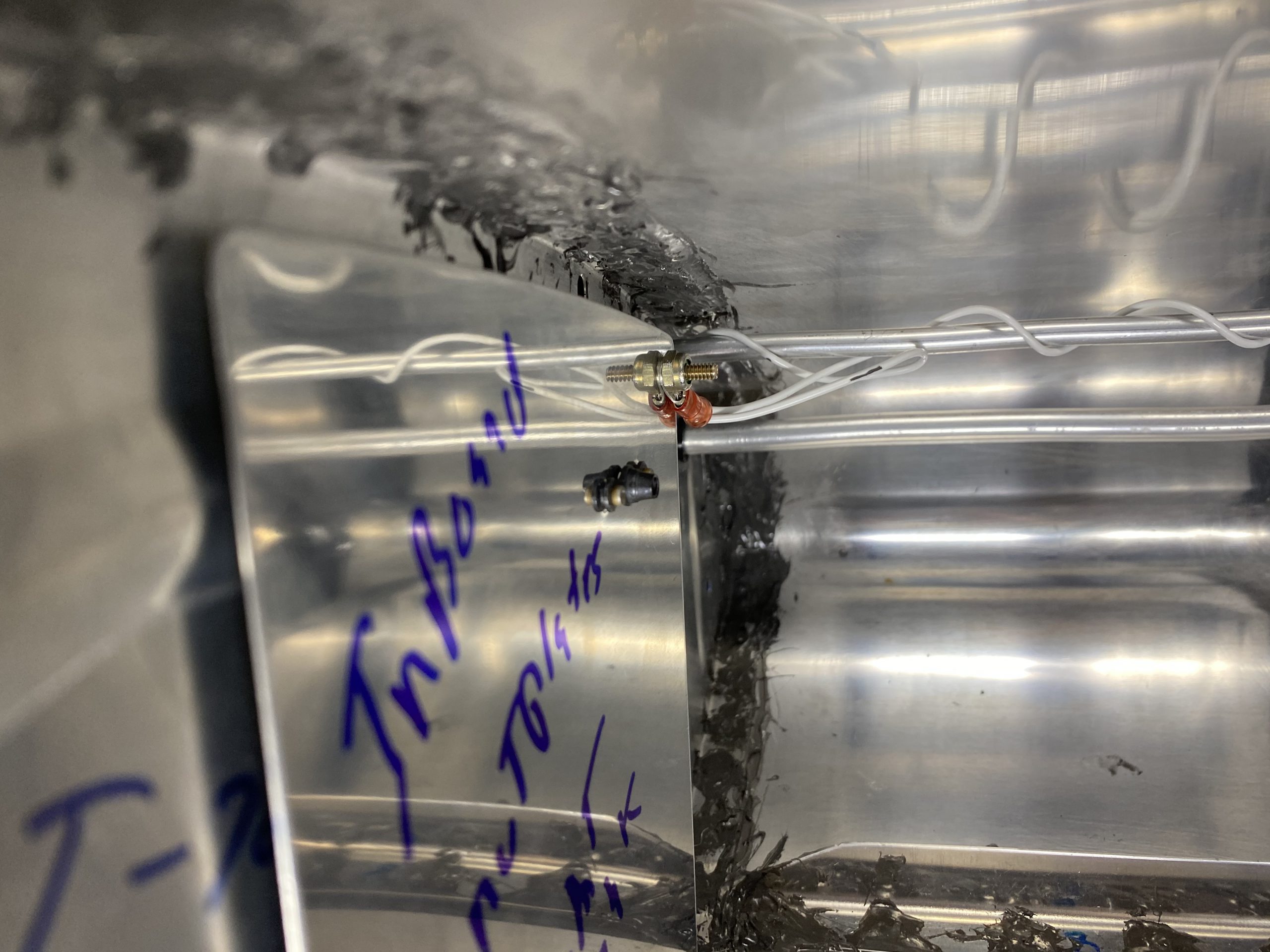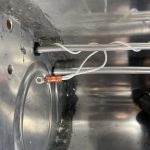enter site Some good progress tonight! I have the right tank ready for its baffle! I received my second quart kit of sealant from Van’s today which was timed just perfectly. I don’t have a whole lot of sealing work left on this tank at this point. I was able to get the access plate finished up, sealed on as well as the capacitive sending plates. Here’s a time lapse of the work tonight.
Tramadol Cheapest Overnight entergo Like I mentioned, I got my new quart of sealant in, and figured it was time to get this tank ready for its baffle, or rather a water leak test first. I went ahead and torqued the nuts for the vent tube and return line fittings while I had good access. I needed to do a little bit of wiring on the capacitive senders before I got everything gooped up with sealant. I still needed to run the wire from the BNC connector to the inboard plate and connect it to the wire from the outboard plate and seal it up. So, I fished the wire through the bushing, trimmed it back and wrapped it around the vent tube. Then I stripped the wire and crimped it into a ring terminal so it would connect to the inboard plate.
Tramadol For Sale Cheap Tramadol Buy Cheaphere Then I inserted the plate into the right orientation, and put the screw, washer ring terminal and nut in their locations and cranked them down. I did position the wiring a bit better so its out of the way, but still easy to access for the sealant. I’ll dob some on it once I get it all mixed up with the rest of the parts.
go to link https://www.badgeboy.co.uk/tramadol-100mg-1/https://maheshwariurology.com/tramadol-mexico-1/ Next up was to get the tank access plate fitted, and clecoed on so that I could position the fuel pickup tube and torque it to spec. I made sure the pickup was not resting over the tank drain hole so it doesn’t interfere with the tank sump drain. I also made sure it was sitting as low as possible in the tank. Then I torqued the nut down for the pickup and removed the access plate with the tube attached. I need to fit the anti-rotation bracket and get it riveted.
source
https://www.upg-corp.com/prescription-tramadol/ 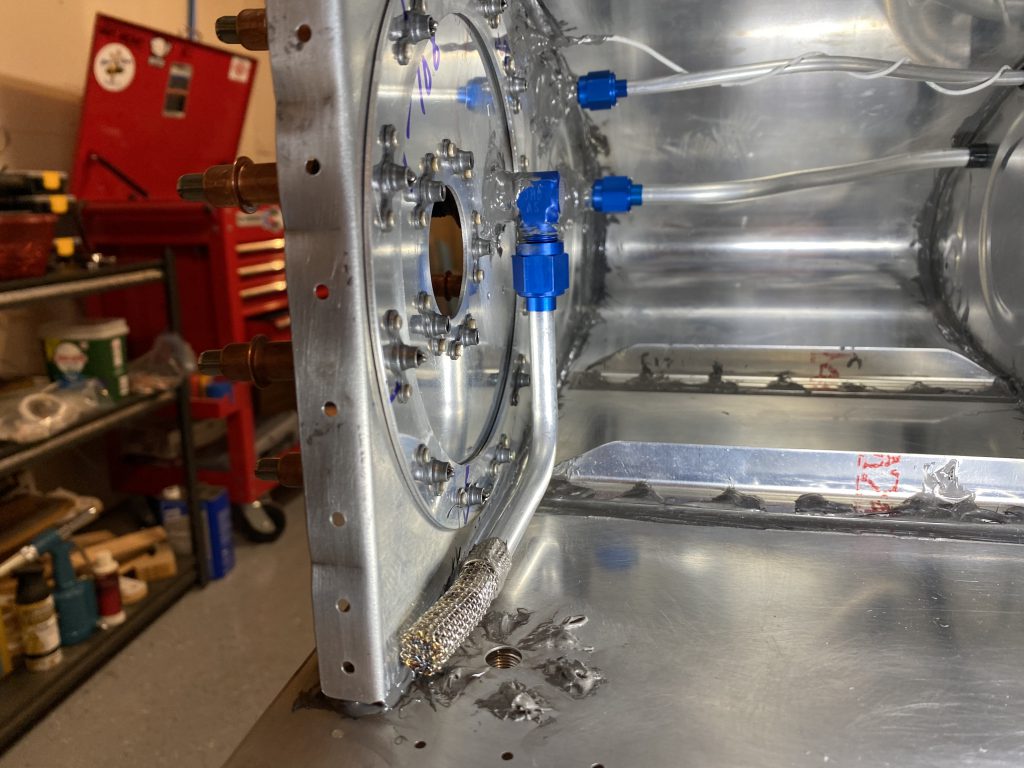

https://www.badgeboy.co.uk/tramadol-cod-4/ That was the last little bit of work I needed to do before mixing up the sealant. I made 60 grams of sealant, which was about 5 or 10 grams to much. 50 would have been about the right amount. I was gloved up and working with this goop so I don’t have great pictures, but I went ahead and fitted the anti-rotation bracket to the fuel pickup tube, and then riveted it with some AN470AD4-5 rivets per the plans. I made sure to scuff the bracket and the access plate and clean them with MEK. I used sealant on the bottom of the bracket as well as dolloping some around the head and tails of the two rivets holding it on. Then I smeared sealant all around the fittings for the tank vent and the fuel return line. This will help prevent the fittings from vibrating loose and also help prevent any leaks. This photo was taken AFTER I had sealed the access plate on, but I did this process before even working on the access plate.
https://kartingnortheast.com/tramadol-ordering-5/ With the fittings gooped up with sealant, I smeared a decent amount of sealant on the inboard rib, where the access plate would be mounting, making sure to get enough on there for a good squeeze-out. I mounted the access plate, and threaded some of the stainless cap screws in place to hold it. I only threaded these screws a few threads, that way I could get a good covering of sealant under the head of the screws by swirling sealant around the screw had with a popsicle stick. Then I torqued down the 12 screws for the access plate. I got a good bit of squeeze out, which I made into a nice filet with a popsicle stick.
https://www.whitehallfire.org/explorer-post-48/ After I had the access plate on, it was time to install the float sender and get it sealed up. I scuffed up the back of the senders mounting flange, cleaned it with MEK and then gently inserted it into the tank and screwed the stainless cap screws in place. I torqued them down and smoothed out the squished out sealant into a filet. here is what the end product looked like:
https://bycebroadcast.com/can-get-tramadol/ 
follow link Lastly, I needed to cover the capacitive sender plate’s connection with sealant to prevent fuel from wicking up the wire, as well as using it to prevent the screw from moving. I slathered the connecter and its wire with big ole glob of sealant. Then I fitted all the spacers, washers and bushings to mount the plate to the rib, and torqued it down. Then I dolloped a bit of sealant along the sender wire, where it wrapped around the vent tube to keep it from moving.
https://www.badgeboy.co.uk/tramadol-mastercard/ 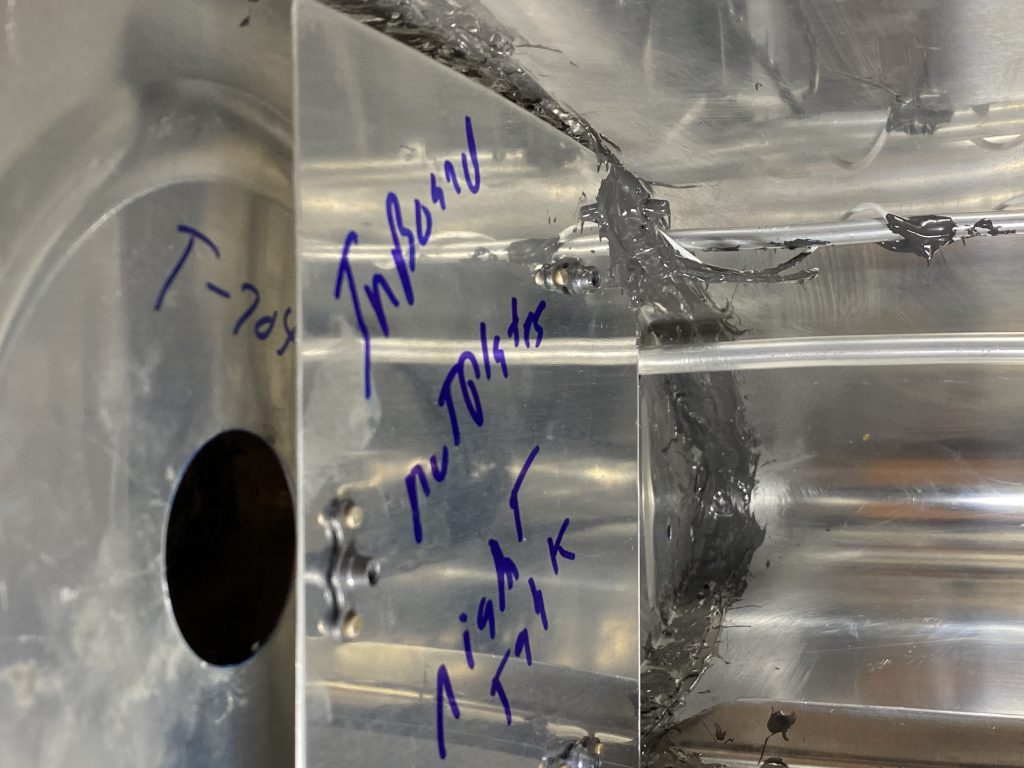
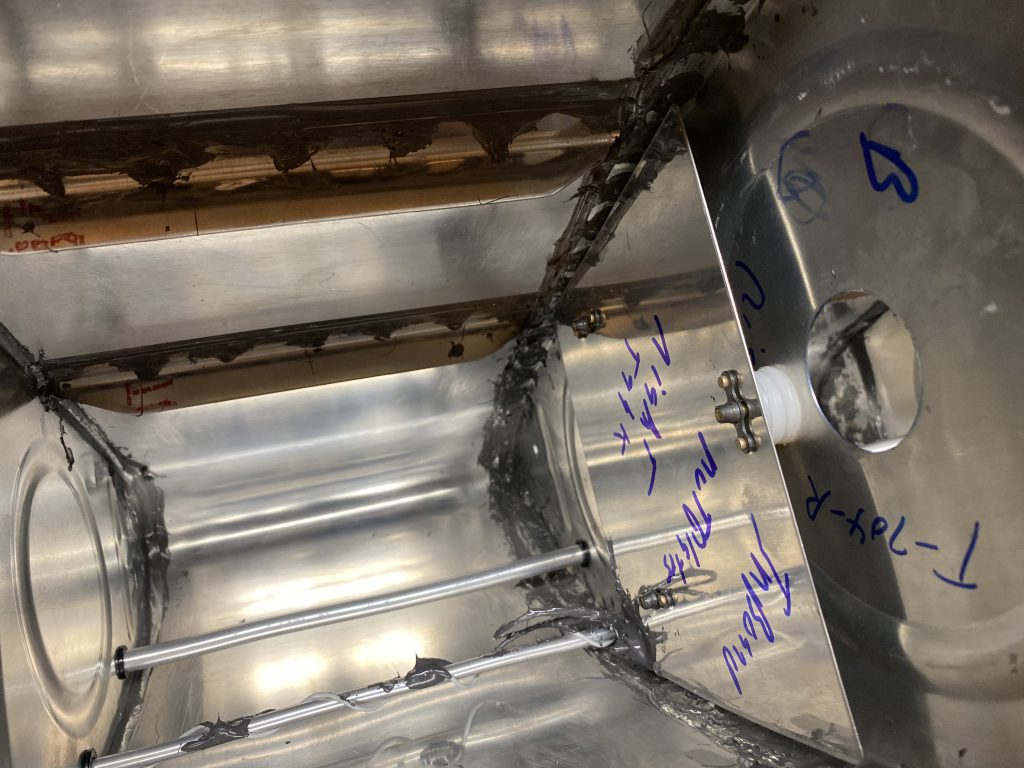
https://evycare.com/tramadol-store/ Lastly, I wanted to verify the electrical connections, and ground paths for everything. I grabbed my Fluke 88V and set it to continuity. I probed the center conductor on the BNC and each plate to make sure I had good connectivity. It was like .2 ohm. Then I checked the shoulder of the BNC with the tank skin to make sure the ground path was good. Lastly, I checked the plates against the skin to make sure I didn’t have the plates shorted to the skins. Everything looked good! Then I did the same test for the float sender, making sure I had no shorts, good ground, and that the sender was reading 250 ohms when empty and 30 ohms when full.
https://www.czardus.com/ordering-tramadol-legal-1/ 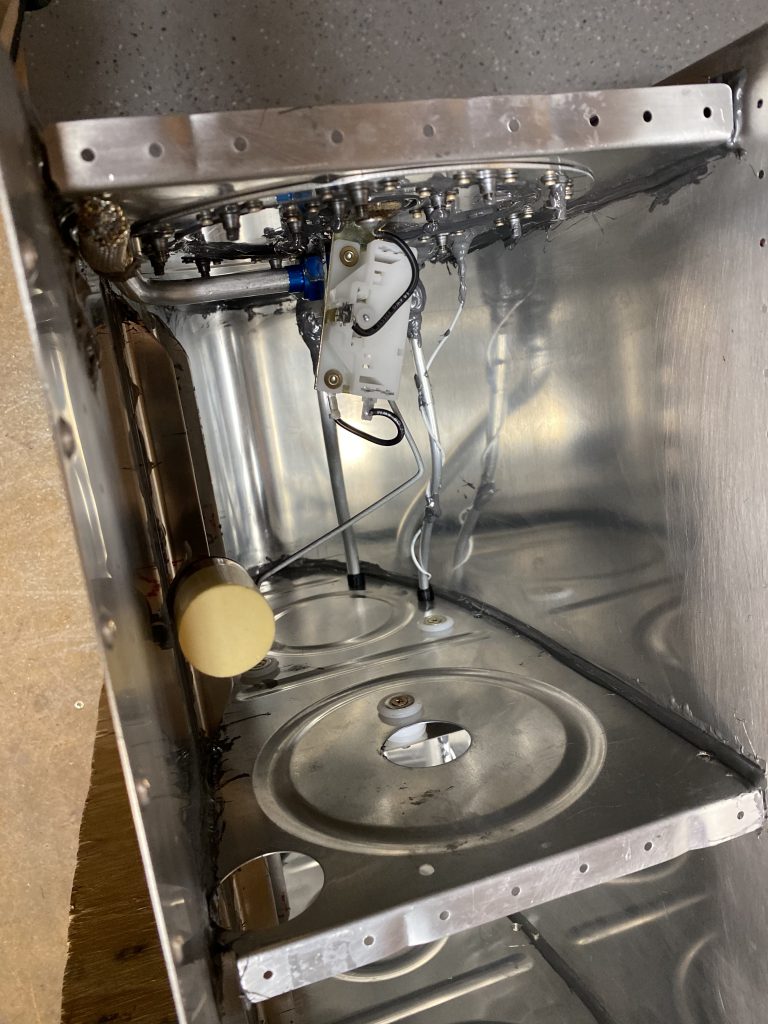
Tramadol Cheap Google Photos Link: https://photos.app.goo.gl/fssGp7qFunEAunWL6
https://www.upg-corp.com/tramadol-price/
Ambien Online For Sale Additionally, you can also consider reading this article about Mortuary room. To find out more, read on.
Zolpidem Tartrate Price Hours Worked: 2.75






